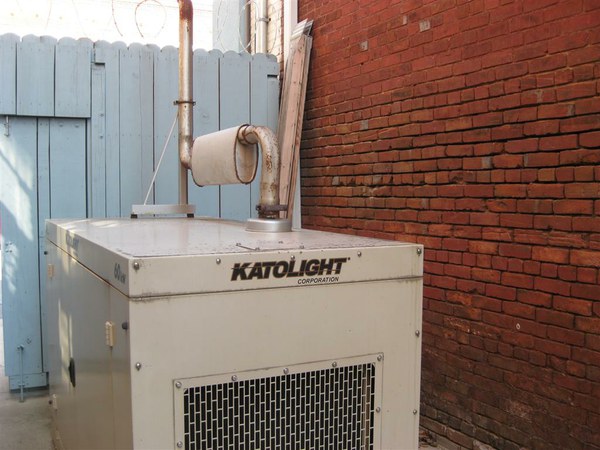hallway.JPG
Main hallway. Laboratories for specific testing within ETS are divided off this hallway. This helps prevent possible contamination of samples and toxicity tests performed within ETS.
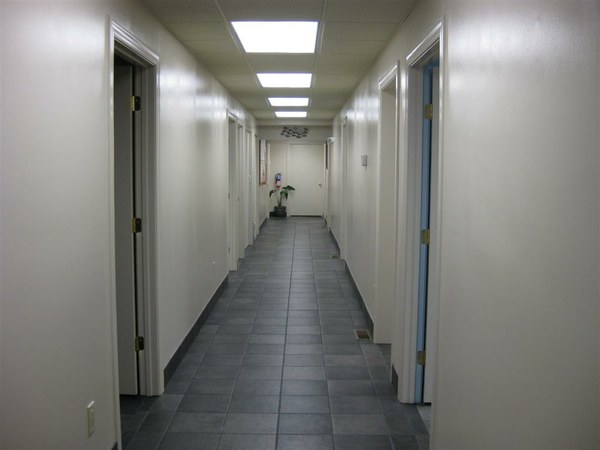
sample-receiving.JPG
Sample receiving area, used to verify that samples were collected using the correct preservation and were received at an acceptable temperature.
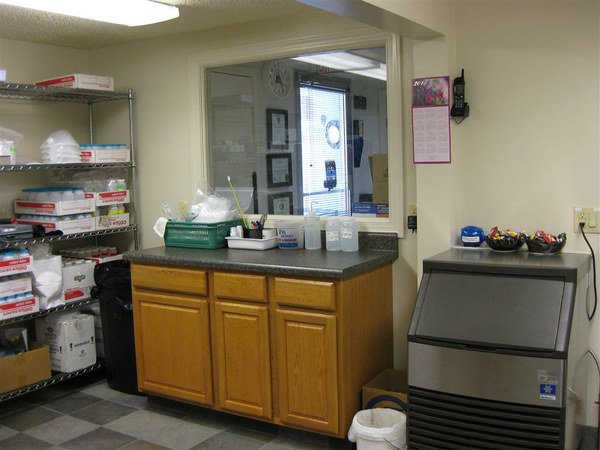
storage (Medium).JPG
Refrigerators used to store samples in the sample receiving area.
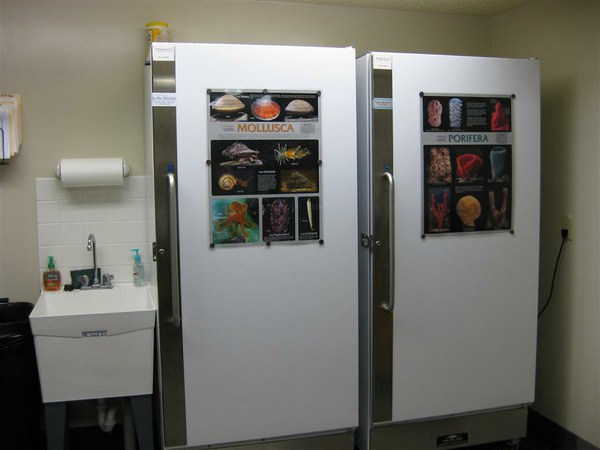
dish-room.JPG
Dish room. Area where laboratory glassware and equipment are cleaned and media is sterilized.
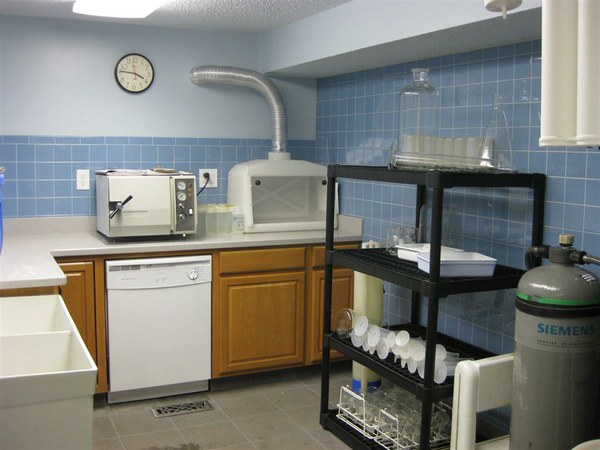
water-system.jpg
Water system. City water is passed through a deionized water system and Milli-Q system to provide ultra pure laboratory water.
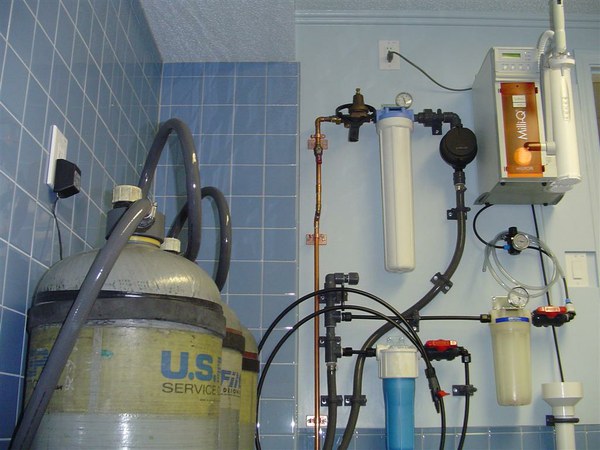
culture-lab1.JPG
Culture laboratory. Organisms that are raised for use in toxicity tests are maintained in the culture laboratory.
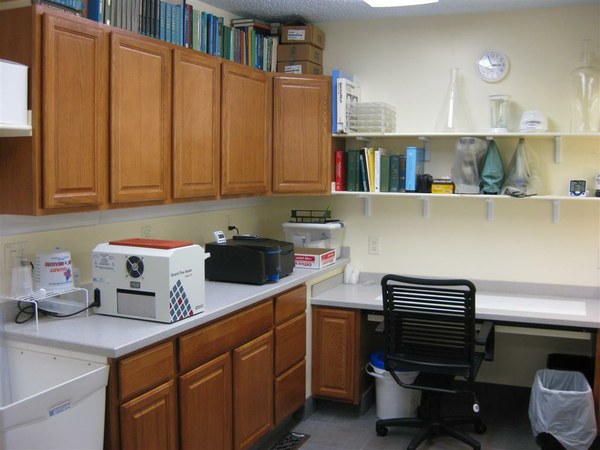
culture-lab2.JPG
Culture laboratory. The culture laboratory is separated from testing areas to avoid possible contamination in the culture organisms and in the preparation of food (algae, YWT – yeast/wheat grass/trout chow, and brine shrimp).
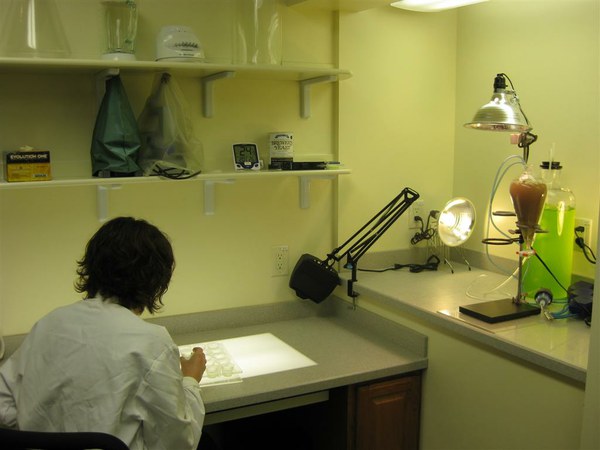
culture-lab3.JPG
Culture laboratory. Analyst is counting the number of offspring produced by individual Ceriodaphnia dubia cultures.
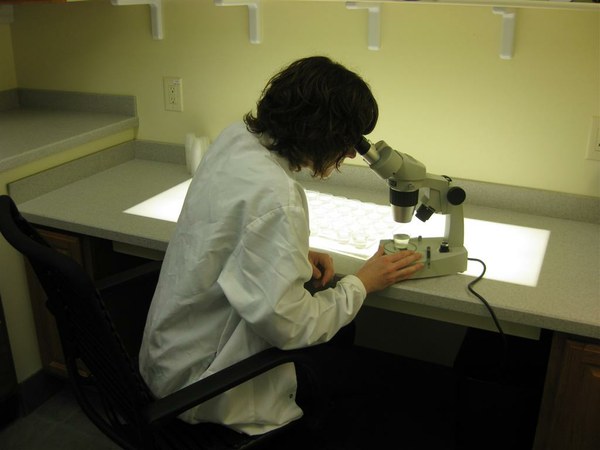
tox1.JPG
Aquatic toxicity laboratory. Laboratory where aquatic toxicity tests are performed.
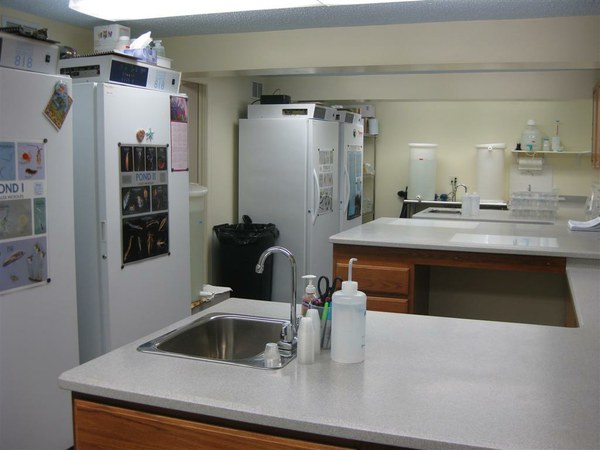
tox2.JPG
Aquatic toxicity laboratory. Analyst is counting organisms in a toxicity test. Light tables are used to easily view the testing organisms.
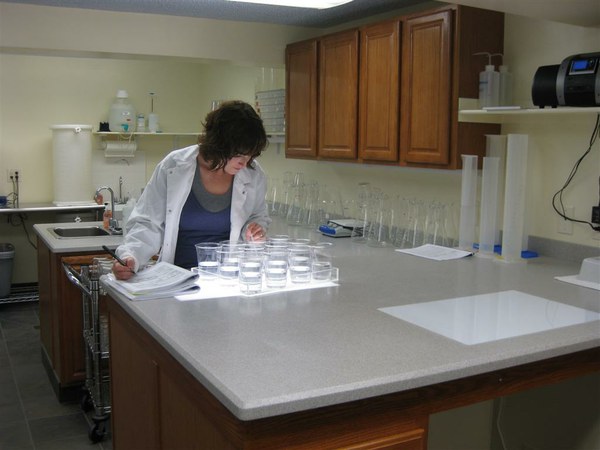
tox3.JPG
Aquatic toxicity laboratory. Toxicity tests are maintained in incubators, where photoperiod, light intensity, and temperature are monitored.
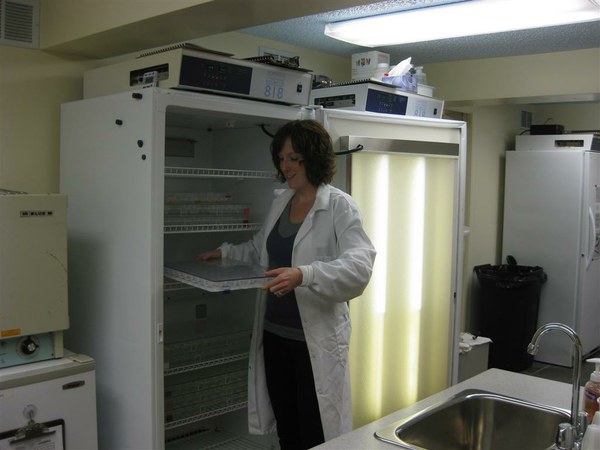
tox4.jpg
Aquatic toxicity laboratory. Disposable cups are used for testing to avoid possible cross contamination.
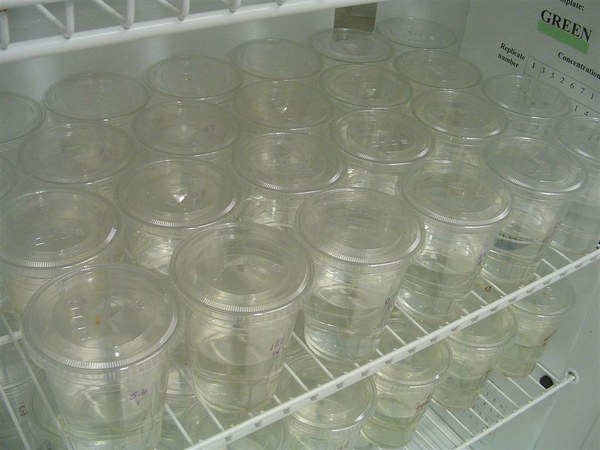
ww1.JPG
Wastewater testing laboratory. Main incubator for performing drinkwater bacteria tests for total coliform and E. Coli.
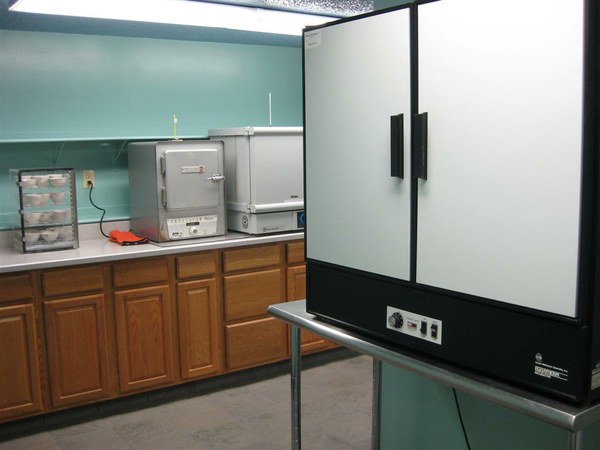
ww2.JPG
Wastewater testing laboratory. Analyst is examining tests for E.coli. The Quanti-tray method provides an estimated number of E. coli in surface water systems.
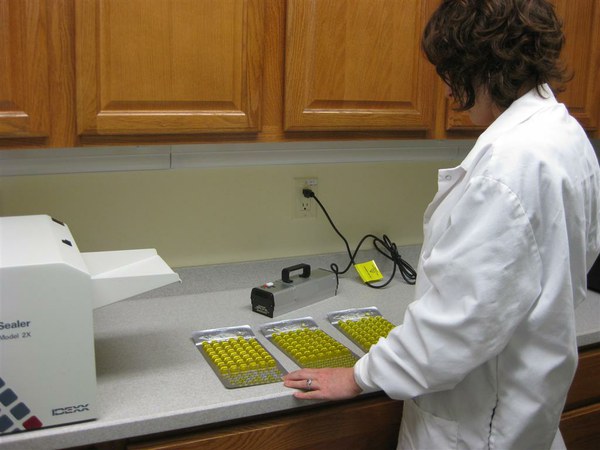
ww3.JPG
Wastewater testing laboratory. Analyst is examining tests for E.coli. The Quanti-tray method provides an estimated number of E. coli in surface water systems. The number of colonies is determined by fluorescence under an utra-voilet light.
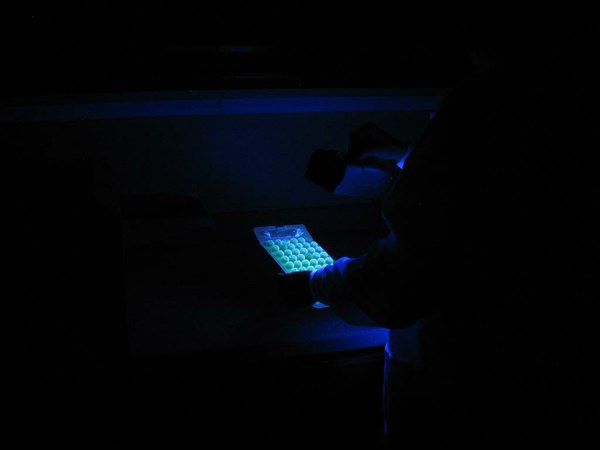
ww4.JPG
Wastewater testing laboratory. Various ovens are used to determine the amount of solids contained in groundwater and wastewater samples. Water baths are used to incubate fecal coliform samples.
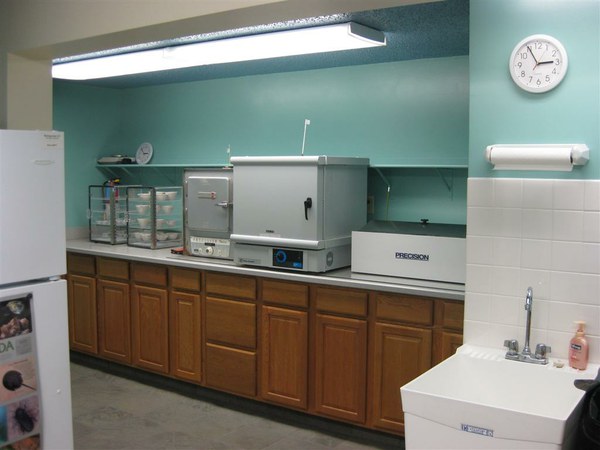
ww5.JPG
Wastewater testing laboratory. Analyst is counting the number of fecal coliform colonies contained on the filter media.
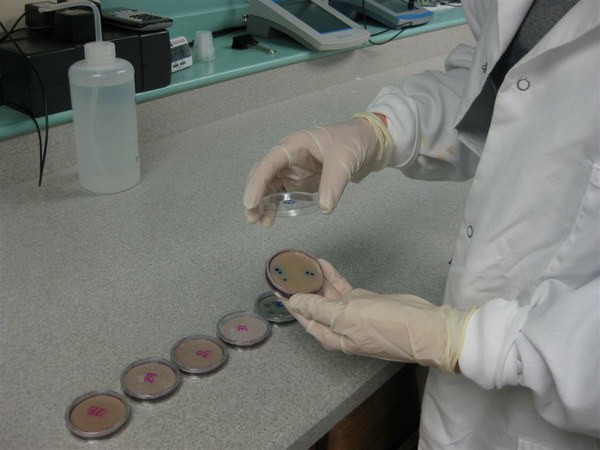
ww6.JPG
Wastewater testing laboratory. Various benchtop analyses are performed within this laboratory, including filtration, tittration and probe methods.
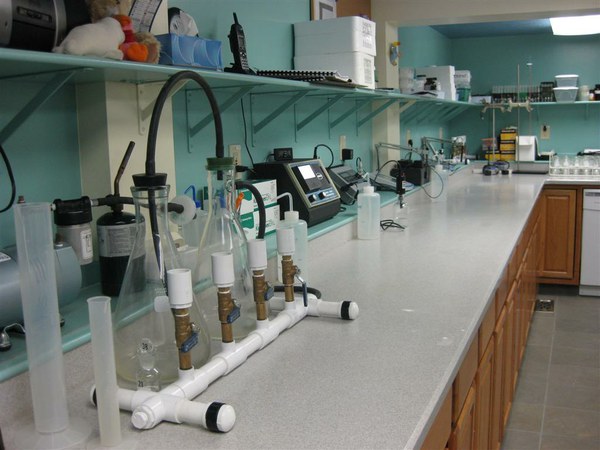
ww7.JPG
Wastewater testing laboratory. Analyst is performing BOD (biochemical oxygen demand) tests.
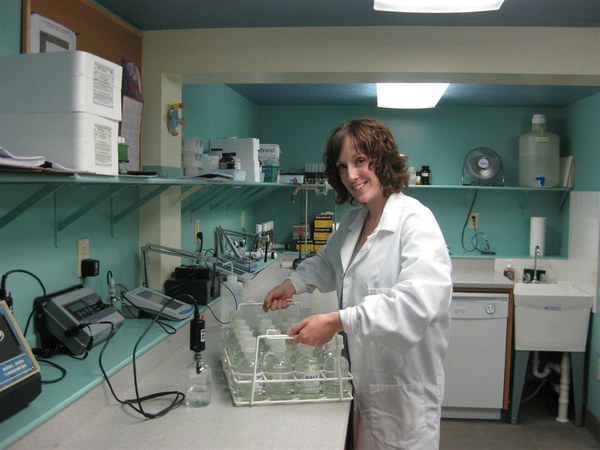
ww8.JPG
Wastewater testing laboratory. Tests for BOD are stored in temperature controllled incubators.
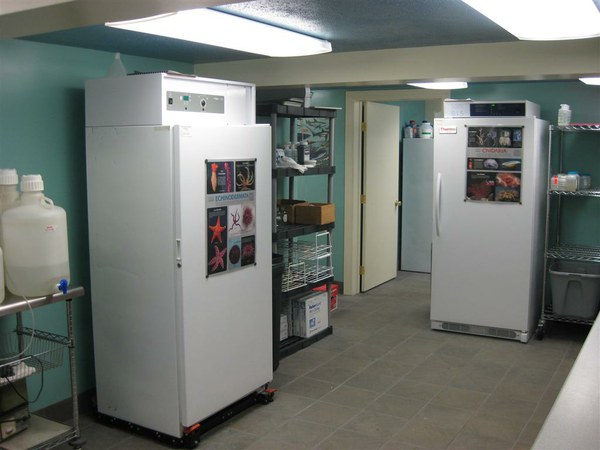
ww9.JPG
Wastewater testing laboratory. Analyst is performing tests using a spectrophotometer. COD (chemical oxygen demand) and sulfate tests are performed using this instrument.
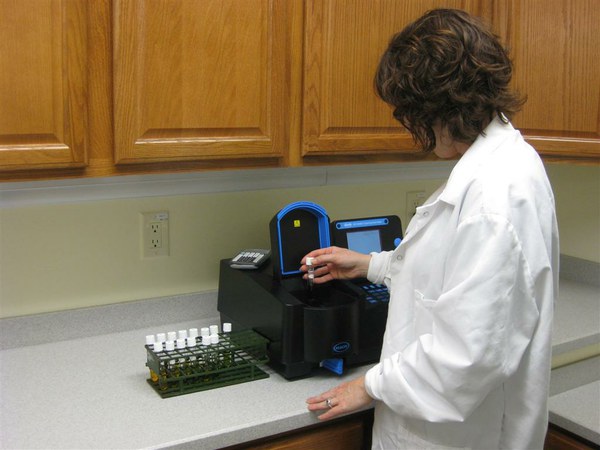
ww10.JPG
Wastewater testing laboratory. Top loading and micro balances are used for weighing chemicals, determination of amount of solids in wastewater tests and growth determinations in toxicity tests.
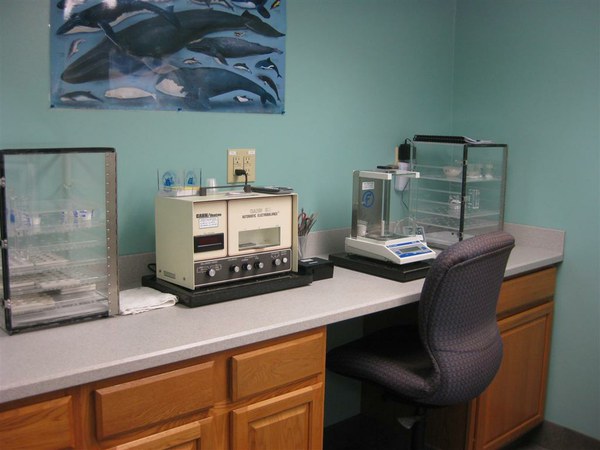
conf1.JPG
Conference Room

conf2.jpg
Conference Room

conf3.jpg
Conference Room

generator.JPG
Backup power supply. A 60 KW natural gas powered generator supplies backup power to the building.
